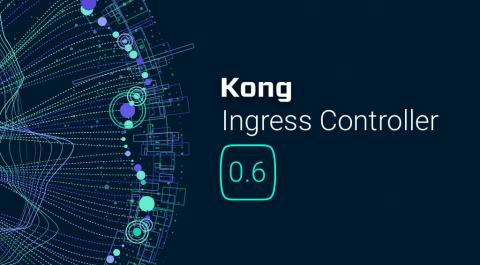Kong Acquires Insomnia - Expanding Our Offering With Advanced API Testing
Today we are excited to welcome Insomnia to the team at Kong! Insomnia has been on our radar at Kong for quite some time. I was first introduced to Insomnia and Greg in the early days of the project, and I am proud to have been one of the earliest supporters. From the first, I knew that Insomnia was solving a real problem for developers, and it has been amazing to see the community of contributors grow as more and more developers adopt Insomnia to make testing and debugging APIs easier.









